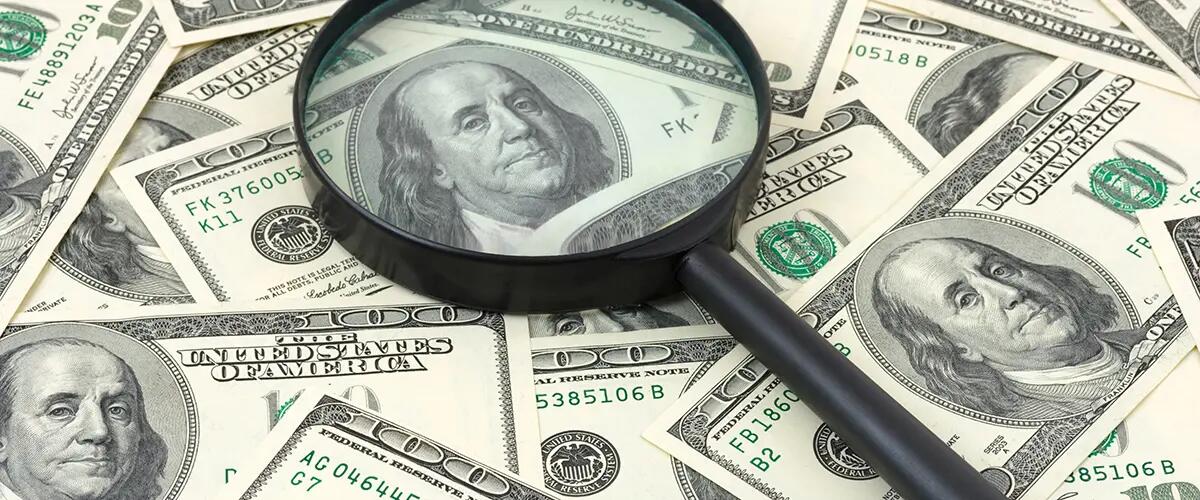
Photo Credit: zoonarRF-Zoonar-ThinkstockPhotos
Ben Bernanke, QE3 and the magnificent obsession
By Farrokh Langdana, Director, Executive MBA Program & Professor of Finance and Economics
Faculty Blog: macrobuddies.blogspot.com
The views expressed here are not to be interpreted to be necessarily those of Rutgers Business School, but attributed solely to Professor Farrokh Langdana.
The following primer may be useful in interpreting yet another round of Quantitative Easing (QE) by Ben Bernanke and the Fed.
What exactly is "Quantitative Easing"?
Students of macroeconomics know that increases in the money supply caused by central bank purchases of government debt (T-bills and bonds) result in drops in short-term interest rates (Federal Funds rates). This, in turn, can then stimulate economic growth (and jobs) by virtue of greater borrowing by firms for capital investment for new plants, equipment, and housing. However, since 2008, instead of buying the safe and reliable US government debt, the Fed has embarked on a highly controversial policy of buying tons and tons of the “toxic” assets left over from the subprime crisis.
Interest rates fell to zero as monetary growth was relentlessly increased, but the Fed still persisted in this unprecedented buying spree. We now have yet another round of toxic debt purchases. Interest rates cannot fall below zero, but yet the money in circulation has increased exponentially. This phenomenon has euphemistically been labeled by the Fed as “Quantitative Easing,” but the Rutgers Executive MBA class correctly identified this as a “stealth monetization”. (Monetization = rampant money creation to finance non-sustainable deficit spending)
But won’t an infusion of more money help growth—after all this is Ben’s objective, right?
Yes, this is Ben’s goal, but this infusion and the ones that preceded it, and the ones that are sure to follow thanks to Ben’s magnificent obsession with creating liquidity, are not likely to stimulate growth. This is due to a version of the “liquidity trap” that we find ourselves in. A Liquidity Trap occurs when investor confidence is so low that even when interest rates are very low (at zero), there will be no demand for borrowing for capital investment. One can lower interest rates until the cows come home, but if the future looks bleak, then capital investment will remain dead in the water – as was the case in Japan over the last decade.
Why is investor confidence low?
Confidence is low due to the prospect of a return to higher taxes (business) from January 2013 (the Fiscal Cliff looms), increases in levels of government regulation, Eurozone blues, hard landings in China and India, political gridlock in Washington, and a lack of confidence in government, to name a few.
But wait—shouldn’t the huge increase in money have resulted in a sharp spike in inflation? But we do not see any significant inflationary pressures!
Flooding the economy with liquidity and not seeing inflation is akin to flooding your basement with gasoline and not seeing an explosion. There will be none until there is a spark. In macro, that spark—investor and consumer confidence—is missing. As long as investor and consumer confidence remain dormant, we will not see inflation. If and when the confidence indexes revive, we will see a rapid surge in prices; the ‘velocity’ of money (the rate at which a dollar bill changes hands) will take-off.
So we should suck-in the liquidity when the economy gains traction, right?
Right, but this will be very hard to do. I have been calling this monstrous surge in liquidity “toothpaste money” as in easy to get out, but difficult to put back.
So this is all gloom and doom?
Not really. I am hoping that Winston Churchill knew what he was talking about when he said that we in the United States eventually get it right – after trying everything else first. If Obama makes it, then the next round of government spending should be aimed at long-term productivity – none of the consumption-based “cash for clunkers” variety. If Romney makes it, then business tax cuts and a peeling back of some of the layers of recent government regulation would be in order.
Press: For all media inquiries see our Media Kit


